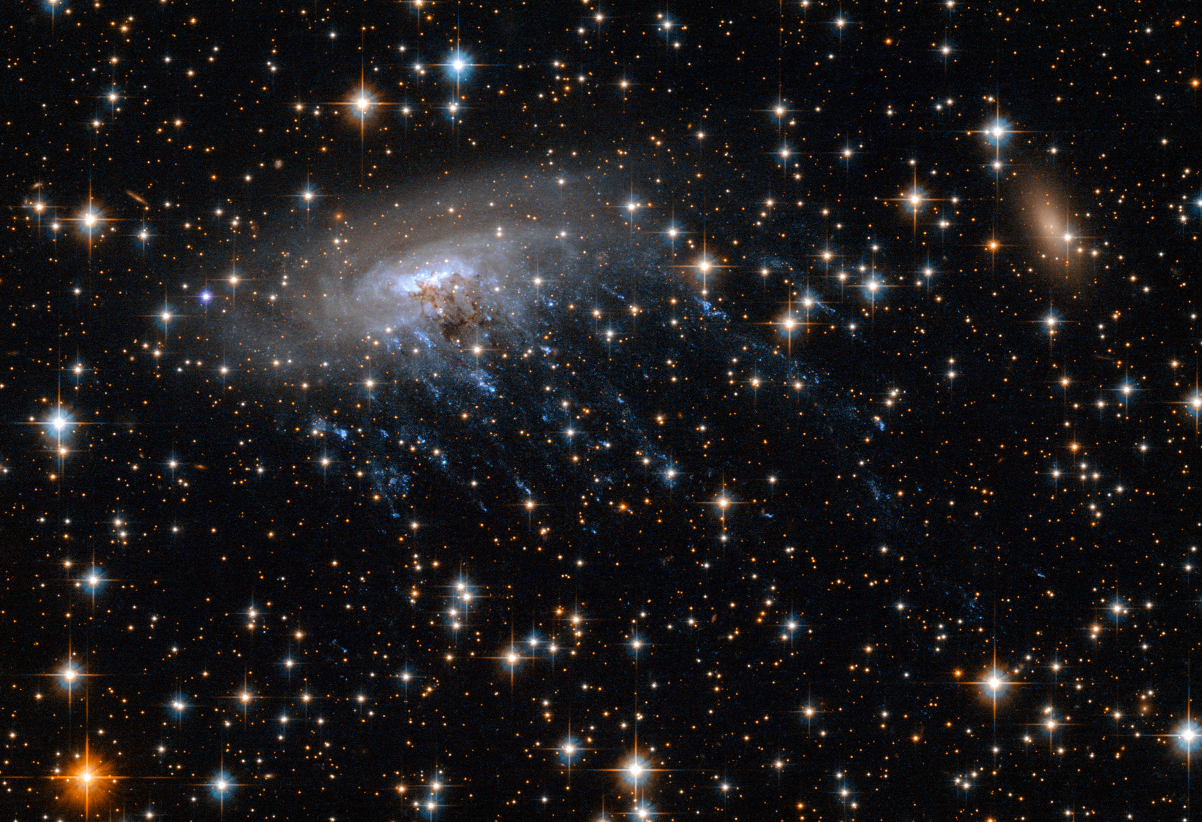
Research
Master's degree
My master's degree project focused on analyzing how galaxies traversing sloshing cold fronts behave. I examined star formation rate, gas stripping and color index using numerical simulations of a galaxy placed in a wind tunnel. The main results indicate that observable changes are often small (below 5%) and that most effects are short-lived. Gas stripping is the most impacted aspect, where the abrupt transition combined with the stronger ram pressure amplify gas loss, leading to heavily truncated galaxies and long gas tails in the most extreme scenarios. Below are a few GIFs showing edge-on views of each simulation run.
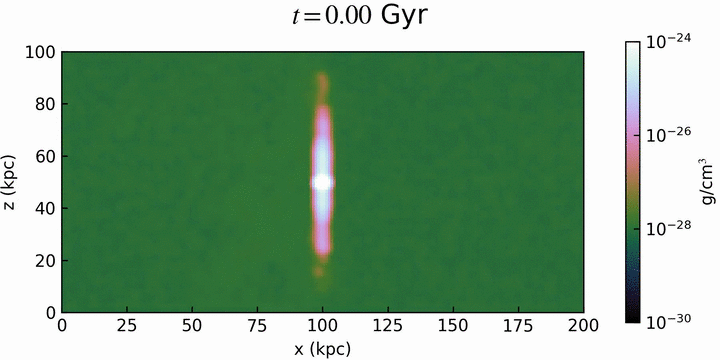
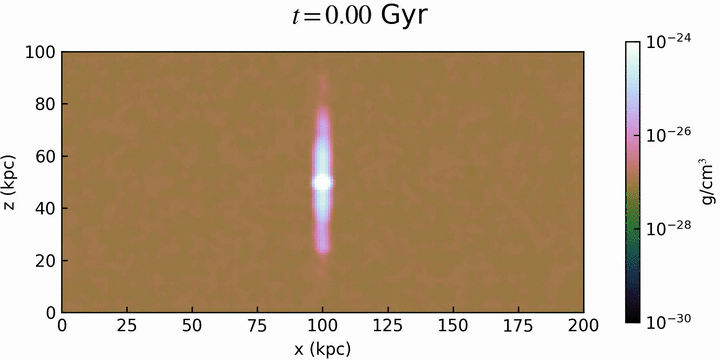
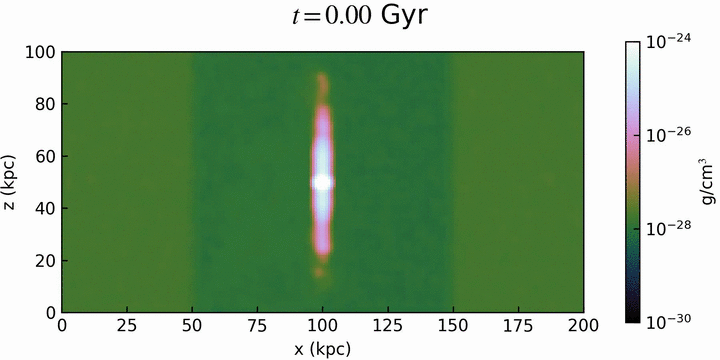
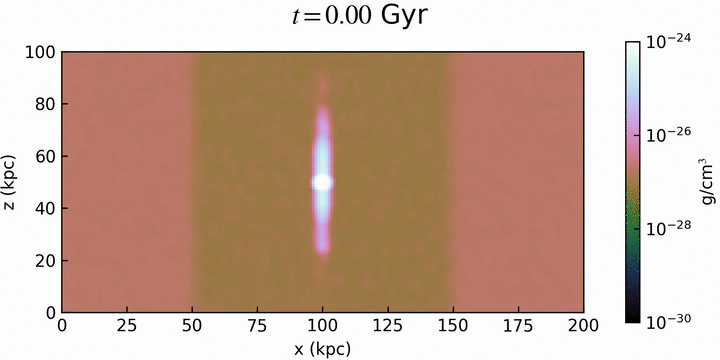
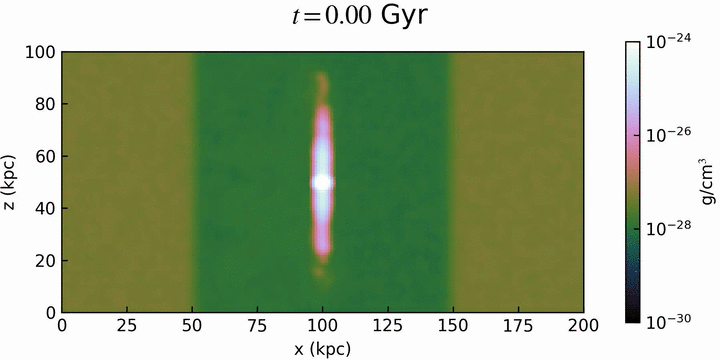
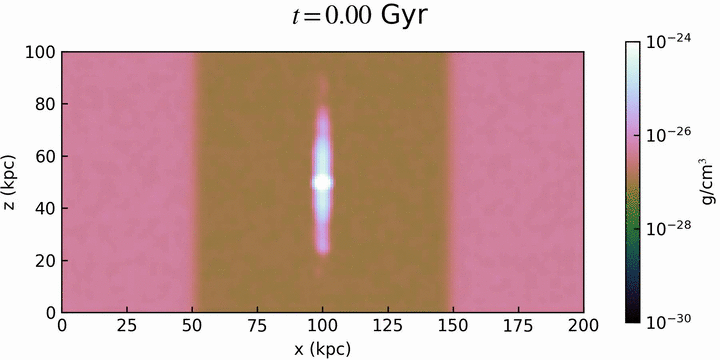
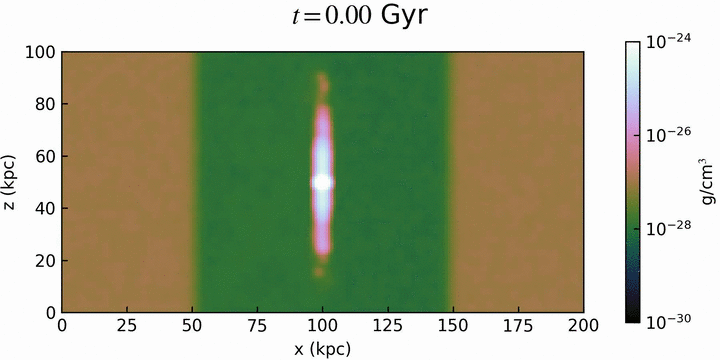
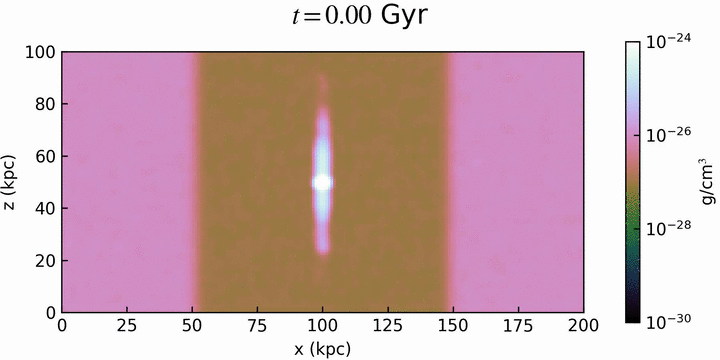
Other Projects
Maintained Repositories -- Galstep, Clustep and snapshotJoiner
Galstep and Clustep are two simple but complete initial condition generation scripts for spiral galaxies and clusters, respectively. In 2021 these scripts were still still written in Python 2, which was rapidly being phased out in favor of Python 3. Raffael Ruggiero did an incredible work when implementing the original versions, but his public versions were never updated. Since the Extragalactic Astrophysics Group in UTFPR uses these scripts extensively, I took the opportunity to port and begin maintaining them.
snapshotJoiner is a tool I developed to facilitate the joining process of different initial condition files in numerical simulations. Its main version was based on a module from Galstep and Clustep that implemented read/write functions. An improved version, namely snapshotJoinerMk2, was later developed to streamline the workflow and improve performance, especially when working with larger simulatino files in HDF5 format.
Over time, I have implemented new features aimed at optimizing and future-proofing these tools, ensuring that new users may start using them without much friction.
Undergraduate Research
Galaxy and Sloshing simulation
I began exploring extragalactic simulations during my undergraduate studies. One of the first projects was centered on simulating a galaxy falling into an cluster, as illustrated in the videos below. I also experimented by employing analytical mass profiles to model dark matter distribution. The main goal was to investigate how a sloshing spiral affects galaxies crossing it. Preliminary results indicated that galaxies should lose more gas than if they crossed a similar but undisturbed environment. This initial work eventually evolved into my master's research project, where I analyzed the phenomenon more thoroughly. The following video shows a galaxy (the blob on the left of each panel) gradually entering an idealized cluster.
I've also found that "wrong" experiments often generate the funniest and most memorable results. At that time, inducing sloshing spirals in a cluster merger while learning how to use Gadget2 for the first time resulted in quite unexpected numerical behaviour:
And when the galaxy crossed the center halo cusp because no impact parameter was set, it also gave rise to interesting -- although non-physical -- phenomena:
Machine learning
I have applied machine learning techniques in two different projects: one conducted alongside my first extragalactic simulations, under supervision of Professor Rubens Machado, and another for my undergraduate thesis, supervised by Professor Thiago de Lima Prado.
In the first project, I implemented a neural network inspired by AlexNet to identify the trail vectors in jellyfish galaxies. I then compared its performance to other experimental methods, such as simply counting pixels on different sides of an image and applying mathematical transformations, like the Radon transform.
The second project focused on applying neural networks and clustering algorithms to identify patterns in recurrence microstates. The main objective was to develop methods capable of distinguishing stochastic from deterministic signals. Below is an example of a recurrence matrix with possible 2x2 microstates delimited. Quantifiers can be tuned to certain patterns, where the frequency of each microstate is related to the underlying physics (or lack thereof) of a signal. The difficult part of this project was implementing a robust method that could be applied to higher-dimensional microstates, where manual verification of patterns becomes impractical.
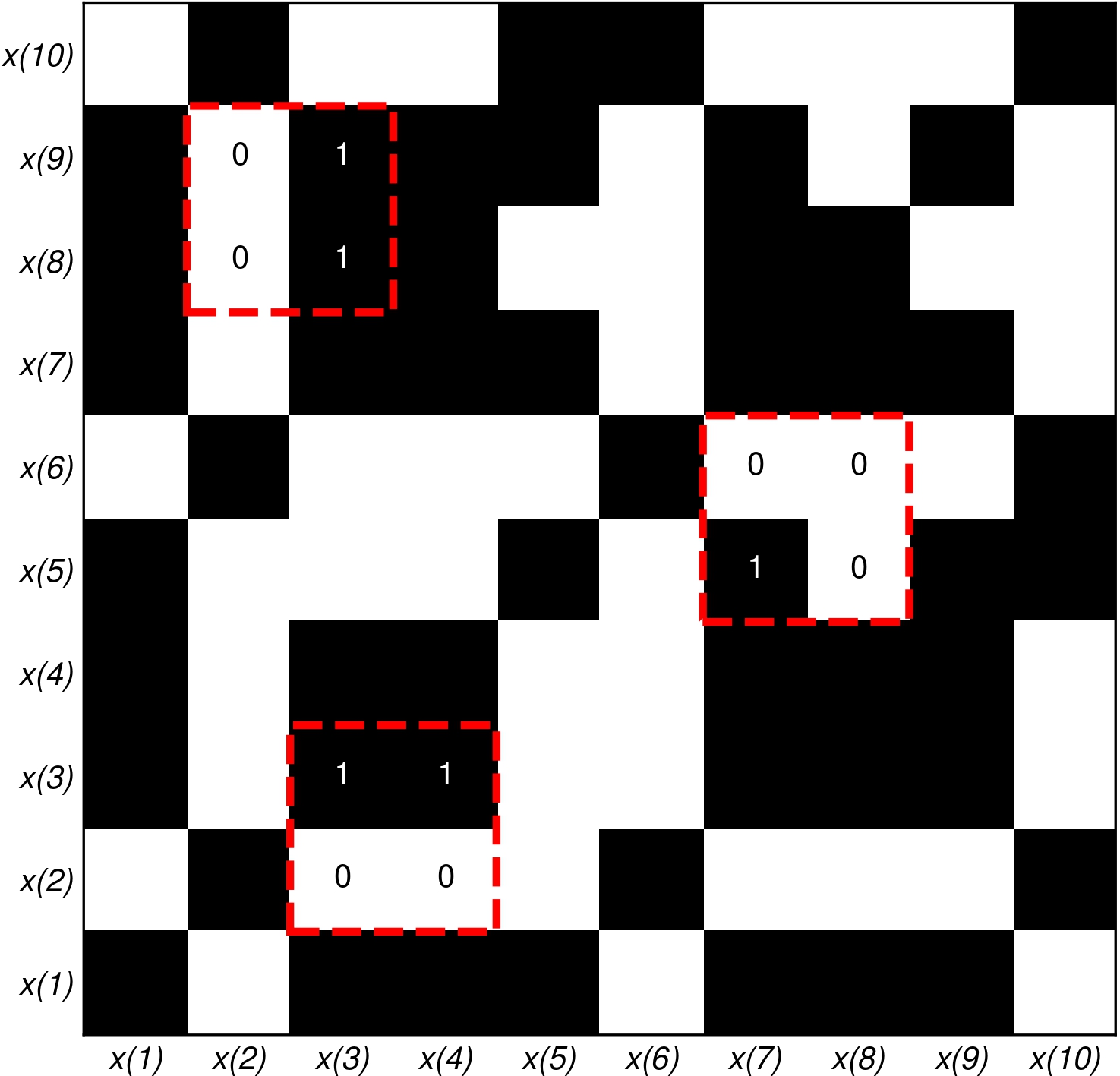
Misc
In my GitHub page there are also other projects reflecting some of my interestests, such as a simple particle simulation (particleSim) and a solver for the Burgers' Equation (BurgersSolution)